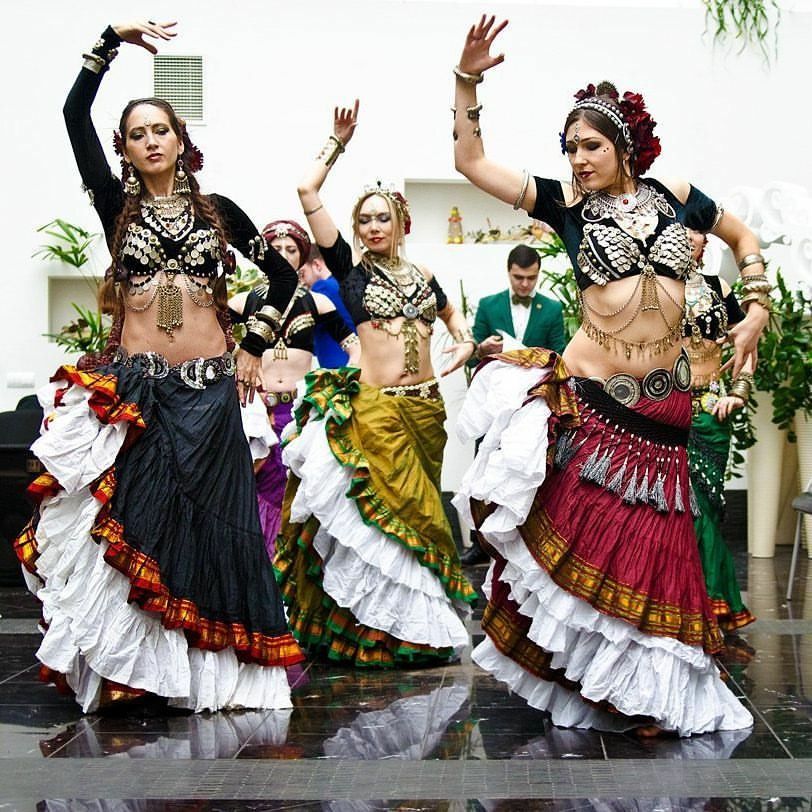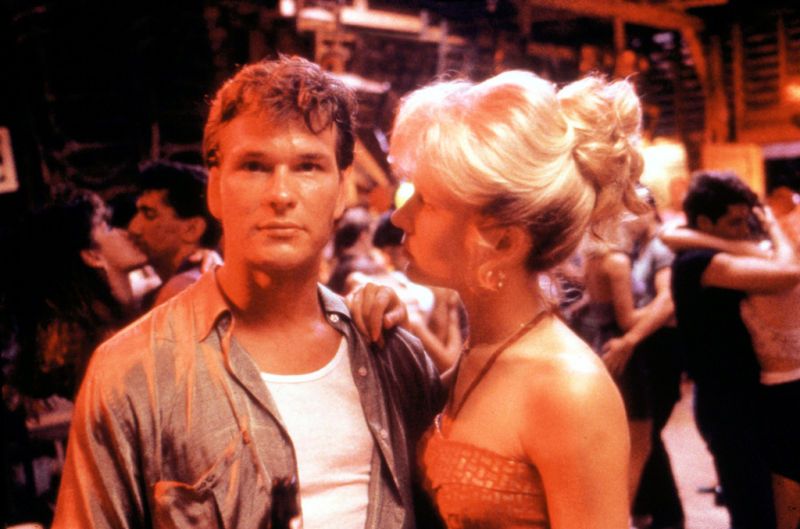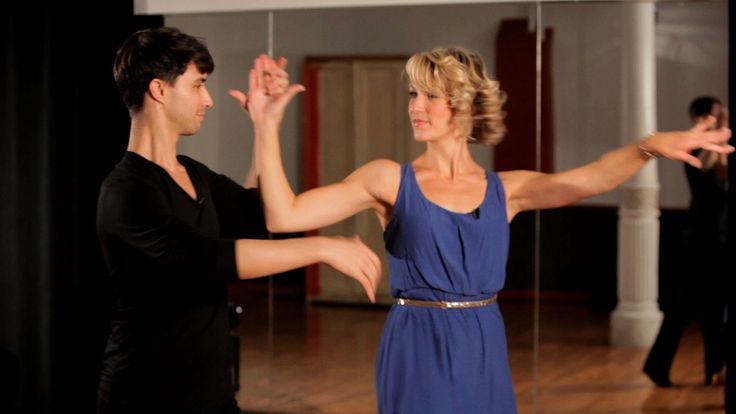How many calories should a dancer eat per day
How Many Calories Does A Dancer Need?
As a licensed dietitian and a certified coach of Intuitive Eating, calories are an important topic that I love to hate and, well, hate to love. Similar to weight loss, the discussion of calories often comes with its fair share of varying perspectives and beliefs.
Quick recap: Intuitive eating is a nondiet approach that teaches us how to have a healthy relationship with both food and body. Throughout this process, we learn how to make choices surrounding food (and even exercise) based on our body’s signals, rather than on body weight goals, food/health rules, or caloric goals. Our food choices aren’t solely based on what’s “good” or what’s “healthy,” but rather, stem from what satisfies us and what enables us to feel good both mentally and physically. But while eating intuitively is an incredible skill for anyone to learn, it’s often a long-term goal for those coming from a history knee-deep in diet culture.
From my decade of experience, I can confidently say that many dancers (and athletes, for the most part) underestimate their calorie needs. This can happen intentionally or unintentionally. High levels of activity are known to blunt hunger and as a result, busy dancers may genuinely have misguided hunger (or lack thereof) throughout the day.
Additionally, dancers are vulnerable to messages about body weight and antiquated ideals of what a dancer’s body “should” look like. Because of this, many dancers may choose to intentionally reduce their caloric intake as a means to lose weight and/or control their food intake– both of which can harm a dancer’s longterm career. Consistent undereating, whether it be for weeks, months, or years, can impede one’s hunger cues as the body naturally responds to the caloric restriction with a subsequent reduction in metabolic rate.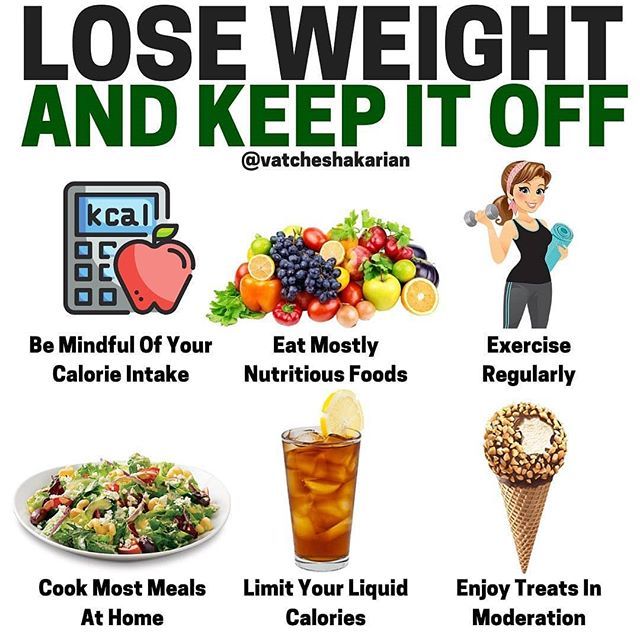
With these intentional and unintentional factors negatively impacting a dancer’s ability to fuel intuitively, calorie-awareness is sometimes an essential part of a dancer’s learning process. This is especially true for dancers needing to restore and/or gain weight. The difficulty with calorie-awareness, however, is if a dancer develops obsessive tendencies around a calculated calorie goal. For this reason, it’s not only recommended that dancers refrain from relying too heavily on target calorie goals, but also that they work alongside a Registered Dietitian Nutritionist if wanting to learn more about their daily needs.
Since calories provide the energy needed to not only perform but also sustain basic metabolic functioning, then eating too few calories risks injury and nutrient deficiencies. And because calories are a widely confusing and sometimes misguided topic, I want to cover a few common questions:
I want to fuel my body sufficiently. How many calories should I aim for?There are many different calculations available to determine one’s daily calorie needs.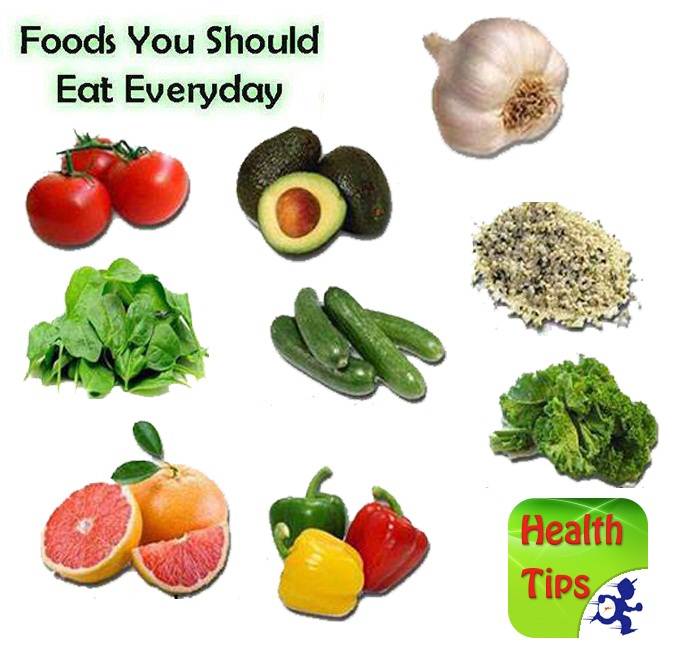 Some are based on gold-standard evidential support and others are based on nothing more than a thumbs up from Google University. The problem with any quick calculation, however, is its inability to account for one’s true individual energy expenditure (or the number of calories the body is burning in one day). The International Association of Dance Medicine suggests a “rough estimate of 45-50 calories per kilogram of body weight for females and 50-55 calories per kilogram of body weight for males,” which is based on research from the sports community (1,2,3- content warning: gender-exclusive language). This is a great starting point, but it won’t account for individual variations. It is therefore emphasized that anyone looking for specific guidance should seek the help of a Registered Dietitian Nutritionist.
Some are based on gold-standard evidential support and others are based on nothing more than a thumbs up from Google University. The problem with any quick calculation, however, is its inability to account for one’s true individual energy expenditure (or the number of calories the body is burning in one day). The International Association of Dance Medicine suggests a “rough estimate of 45-50 calories per kilogram of body weight for females and 50-55 calories per kilogram of body weight for males,” which is based on research from the sports community (1,2,3- content warning: gender-exclusive language). This is a great starting point, but it won’t account for individual variations. It is therefore emphasized that anyone looking for specific guidance should seek the help of a Registered Dietitian Nutritionist.
In short, no. Counting calories is not a prerequisite to “health.” In fact, counting calories will do more harm than good, especially when it comes to your mental health.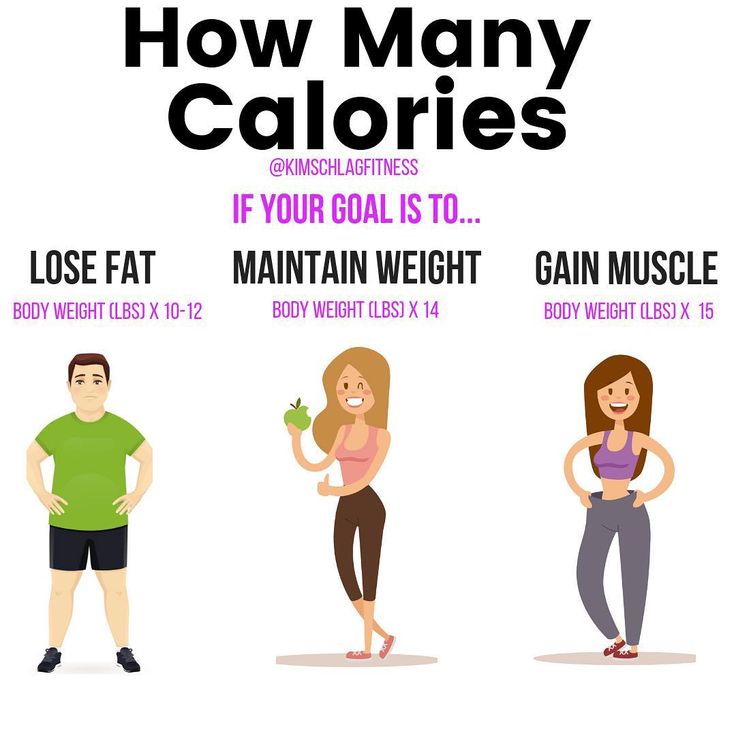 Calorie-counting throughout your day sacrifices your time, which could otherwise be spent broadening your technique and working on your overall performance goals. Here are a few additional sacrifices to consider when counting calories day-in and day-out:
Calorie-counting throughout your day sacrifices your time, which could otherwise be spent broadening your technique and working on your overall performance goals. Here are a few additional sacrifices to consider when counting calories day-in and day-out:
- Your social life will go downhill as dining out becomes a research-driven frenzy of what can and cannot fit into your daily calorie goal.
- You’ll lose out on the enjoyment of food as your daily choices depend primarily on a numbered-target rather than on your personal food preferences.
- You’ll start feeling guilty if and when you break from your imposed calorie limit (and trust me… it’ll happen!)
As mentioned previously, calorie-awareness may be a helpful tool for dancers needing to restore and/or gain weight. You’ll want to make sure that your body is sufficiently fueled. Use the tools discussed in the next question to assess whether or not you need to boost your intake.
If I don’t count, then how do I know if I’m eating enough calories?This is a legitimate concern, especially as you work hard to succeed as an artistic athlete.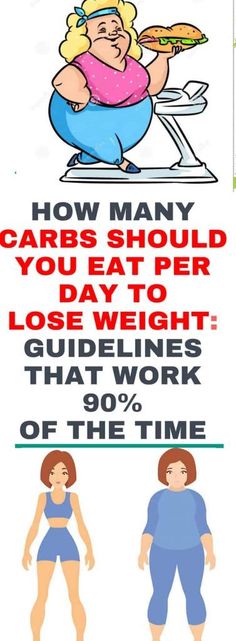 There are several signs that we should consider when the question of whether or not our daily caloric intake is enough. Sufficient caloric intake is most often evidenced by a consistent menstrual cycle. Functional Hypothalamic Amenorrhea occurs when those with normal regular cycles miss a period for 3 or more consecutive months or, in those with irregular cycles, miss a period for 6 or more consecutive months.
There are several signs that we should consider when the question of whether or not our daily caloric intake is enough. Sufficient caloric intake is most often evidenced by a consistent menstrual cycle. Functional Hypothalamic Amenorrhea occurs when those with normal regular cycles miss a period for 3 or more consecutive months or, in those with irregular cycles, miss a period for 6 or more consecutive months.
For males, it can be harder to identify a caloric deficit, but this doesn’t mean that males have any less of a risk. Relative Energy Deficiency in Sport (previously known as the Female Athlete Triad) can help to identify a broader range of negative health consequences that result from consistent undereating. Some of these include a lack of concentration, recurrent injuries, chronic fatigue, irritability, depression, loss of muscle strength, and decreased coordination. Here are a few more:
If you can relate to one or more of these symptoms, then it may be a sign that you’re not eating enough. It’s recommended that all dancers consult with a Registered Dietitian Nutritionist and/or a medical doctor to better identify their risk for hormonal imbalances related to energy deficiency.
It’s recommended that all dancers consult with a Registered Dietitian Nutritionist and/or a medical doctor to better identify their risk for hormonal imbalances related to energy deficiency.
Overeating and portion control are two major points of interest for many dancers and I discuss them further in the following articles and videos. Identifying the source of your concern and learning how to eat mindfully are two helpful strategies. Check out the following videos for additional guidance:
- Guebels CP, Kam LC, Maddalozzo GF, Manore MM. Active women before/after an intervention designed to restore menstrual function: Resting metabolic rate and comparison of four methods to quantify energy expenditure and energy availability. Int J Sport Nutr Exerc Metab. 2014;24(1):37-46.
- Position of the Academy of Nutrition and Dietetics, Dietitians of Canada, and the American College of Sports Medicine: Nutrition and Athletic Performance
- Loucks AB. Energy balance and energy availability. In: Maughan RJ, ed. Sports Nutrition, The Encyclopaedia of Sports Medicine, an IOC Medical Commission Publication. West Sussex, UK: John Wiley & Sons, Ltd; 2013:72-87.
Rachel Fine is a Registered Dietitian Nutritionist, Certified Specialist in Sports Nutrition, and Certified Counselor of Intuitive Eating.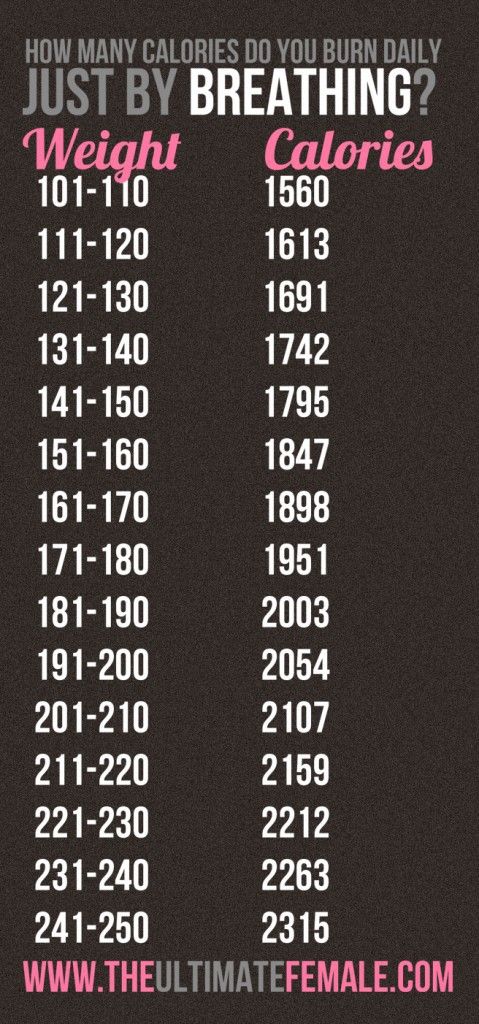 Rachel works with dancers and fitness enthusiasts to optimize performance and rebuild their relationships with food and body.
Rachel works with dancers and fitness enthusiasts to optimize performance and rebuild their relationships with food and body.
Disclaimer: Some of the links in this post are affiliate links, which means I could receive a small commission if you purchase the product through this link.
How to Lose Weight for Ballerinas
- Share on Facebook
Ballerinas are required to be slim and muscular, which makes them effective performers. While the potential for eating disorders is high among ballerinas, Linda H. Hamilton, author of "The Dancer's Way: The New York City Ballet Guide to Mind, Body, and Nutrition" suggests weight control practices that help ballerinas stay at a healthy weight without constant dieting.
Calorie Intake
Ballet dancing burns many calories, particularly for professional dancers who practice or perform all day. Restrictive dieting may not give you enough calories to maintain your demanding schedule. The International Association for Dance Medicine and Science recommends getting 45 to 55 calories per 2.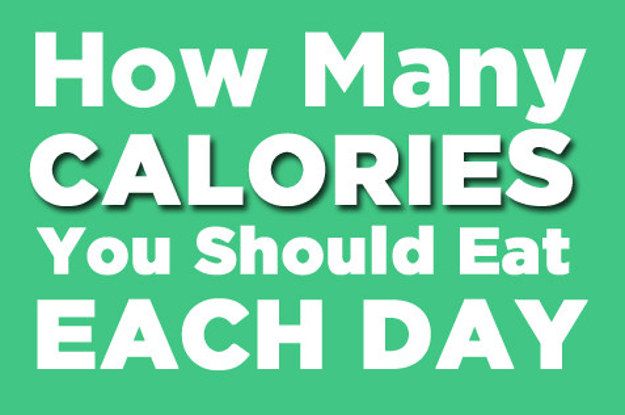 2 pounds of body weight. For example, if you weigh 130 pounds, you need about 2,659 to 3,249 calories per day. This might not sound conducive to weight loss, but makes up for the large number of calories you burn doing ballet. If you need to trim down a little bit, cut 500 calories per day for a loss of 1 pound per week. Talk to your doctor before beginning a new diet program.
2 pounds of body weight. For example, if you weigh 130 pounds, you need about 2,659 to 3,249 calories per day. This might not sound conducive to weight loss, but makes up for the large number of calories you burn doing ballet. If you need to trim down a little bit, cut 500 calories per day for a loss of 1 pound per week. Talk to your doctor before beginning a new diet program.
Food Choices
It is important to get adequate amounts of nutrients to support your ballet training. This is still possible if you are trying to lose weight, but takes careful planning. Safety and Health in Arts Production and Entertainment suggests combining protein and carbohydrates at each meal. This supports energy levels and builds lean muscle, both of which aid in weight loss. Whole-grain bread with peanut butter, oatmeal with nuts, chicken breast with brown rice, salmon with whole-wheat noodles and whole-grain cereal with milk are options that contain carbohydrates and protein, but aren't too high in fat and calories.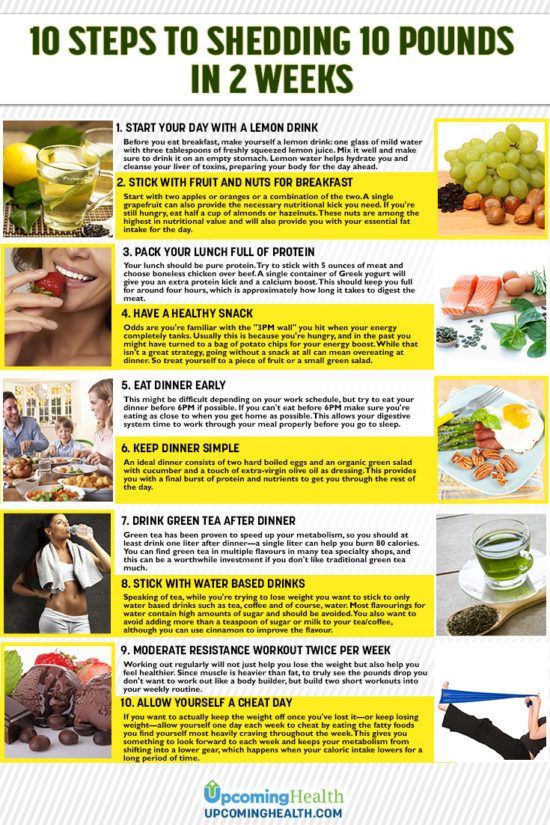
Exercise
Exercise is a vital part of losing weight. However, as a ballerina, you already burn hundreds of calories each day. A 130-pound ballerina burns 350 calories per hour during practice and performances. A professional ballerina may burn several thousand calories each day. It isn't always safe to exercise more than this. Talk to your doctor about whether adding some additional exercise to your day is appropriate for weight loss.
Tips
When and how you eat is just as important for losing weight as is what you eat. Safety and Health in Arts Production and Entertainment recommends eating small meals throughout the day and making sure you eat every meal. This gives you consistent energy for your ballet practice and prevents hunger, which can lead to overeating. Don't avoid fat in your diet. Small amounts are necessary for energy and health. Choose healthy sources, such as nuts, avocados and olive oil. Eat a meal within 40 minutes of finishing ballet for the day.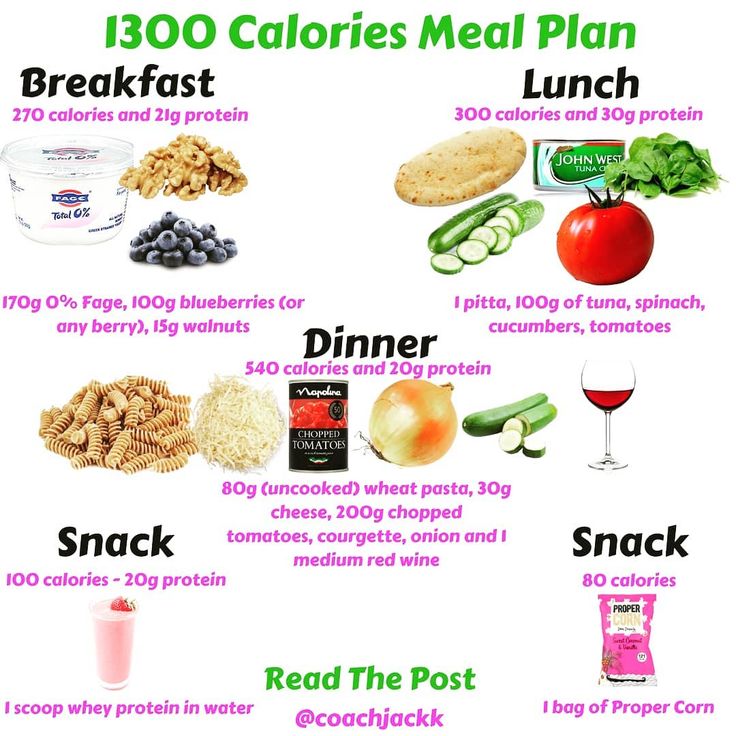 This promotes recovery and reduces muscle soreness.
This promotes recovery and reduces muscle soreness.
References
- Safety and Health in Arts Production and Entertainment: Good Nutrition for Dancers
- The Dancer's Way: The New York City Ballet Guide to Mind, Body, and Nutrition; Linda H. Hamilton
Writer Bio
Eliza Martinez has written for print and online publications. She covers a variety of topics, including parenting, nutrition, mental health, gardening, food and crafts. Martinez holds a master's degree in psychology.
Image Credit
Jupiterimages/Pixland/Getty Images
SHARE SHARE TWEET EMAIL
More Articles
The importance of proper nutrition in dancing
The importance of proper nutrition in dancing
How many families have dancers? Some girls spend an average of 3 to 4 hours a day dancing. They can dance at school if they participate in school dance programs. Most girls come to the dance right after school and come home late, not having time to eat with their family.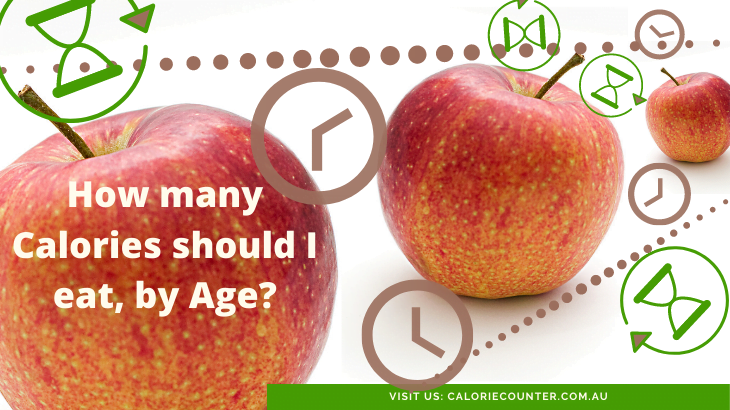 All they care about is doing their homework and going to bed. Feeding your body like a dancer is not always an easy task, but it is extremely important.
All they care about is doing their homework and going to bed. Feeding your body like a dancer is not always an easy task, but it is extremely important.
Calorie requirement
The main problem for dancers is not enough food to meet their energy needs. A simple estimate of the calorie requirement during a hard workout for a woman is 45-50 calories per kg of body weight. A man's need for calories is above 50-55 kcal per kg of body weight.
Eating too few calories will compromise energy availability and, of course, low calorie intake leads to low intake of micronutrients that affect performance, growth and overall health.
Carbohydrates
To begin with, complex carbohydrates are a dancer's best friend. A dancer should have a diet rich in whole grains and complex carbohydrates. Between 53 and 60 percent of their diet should be carbohydrates. Carbohydrates are the most important source of energy for any athlete because they are broken down into glucose and burned by your muscles. Without glucose, a dancer's skills and strength would be compromised.
Without glucose, a dancer's skills and strength would be compromised.
In addition to food, the dancer should also consume carbohydrates before, during and after class or performance. At least 1 hour before the start of the class, the dancer should eat something with carbohydrates in order to get enough glucose. Sources of carbohydrates include whole grain pasta, rice, beans, whole grain bread, and fresh fruit.
Fat
Fat is also very important. Fats provide the structure to all cell membranes, they are the insulating layer around nerves, and form the basis of many of our hormones. Healthy fats are essential for the absorption of fat-soluble vitamins and are used by our muscles to burn and provide energy. It is estimated that we need 1.2 grams of fat per kilogram of body weight. Muscle and adipose tissue store fat called triglycerides. During exercise, these triglycerides are broken down into fatty acids and provide energy for muscle contraction. These fatty acids are very important during endurance training, such as dancing, when you are continuously exercising for more than 20 minutes at a time. Healthy fats to include in your diet are nuts, canola oil, olive oil, coconut oil, and avocados.
These fatty acids are very important during endurance training, such as dancing, when you are continuously exercising for more than 20 minutes at a time. Healthy fats to include in your diet are nuts, canola oil, olive oil, coconut oil, and avocados.
Protein
Protein is extremely important for young dancers and all athletes to build and repair muscle tissue. Protein is also used as an adjuvant when you don't have enough glycogen. The estimated protein requirement is 1.4 to 1.6 grams of protein per 1 kg of body weight.
Healthy sources of protein include meats such as chicken, fish, turkey, lean pork, or beef. Vegetarian sources of protein are beans, quinoa, rice, and tofu. If you follow the above recommendations, you will get enough protein in your diet. Protein shakes can help make up for a lack of protein.
Micronutrients
Dancers can also forget to get important micronutrients called vitamins and minerals. B vitamins and vitamin C are water-soluble vitamins, and vitamins A, D, K, and E are fat-soluble vitamins. B vitamins are part of energy production. They do not provide you with energy, but are used by the body to provide energy from carbohydrates, fats, and proteins. These vitamins are also found in red blood cells. If you reduce your intake of these vitamins, you will worsen your performance over time. Vitamins A, C and E play an important role in repairing damaged muscles.
B vitamins and vitamin C are water-soluble vitamins, and vitamins A, D, K, and E are fat-soluble vitamins. B vitamins are part of energy production. They do not provide you with energy, but are used by the body to provide energy from carbohydrates, fats, and proteins. These vitamins are also found in red blood cells. If you reduce your intake of these vitamins, you will worsen your performance over time. Vitamins A, C and E play an important role in repairing damaged muscles.
Calcium is a mineral used for bone growth. The most important years for bone development are in the first 30 years of life, which happens to be the most important years of dancing. Low bone density increases the likelihood of bone fractures.
Iron is also a very important mineral for dancers as it is used by the body to carry oxygen. And, of course, oxygen is what we use to help our bodies produce energy.
Vitamins and minerals are found in a wide variety of foods, and if you eat a balanced diet, you will get adequate nutrition and achieve maximum results.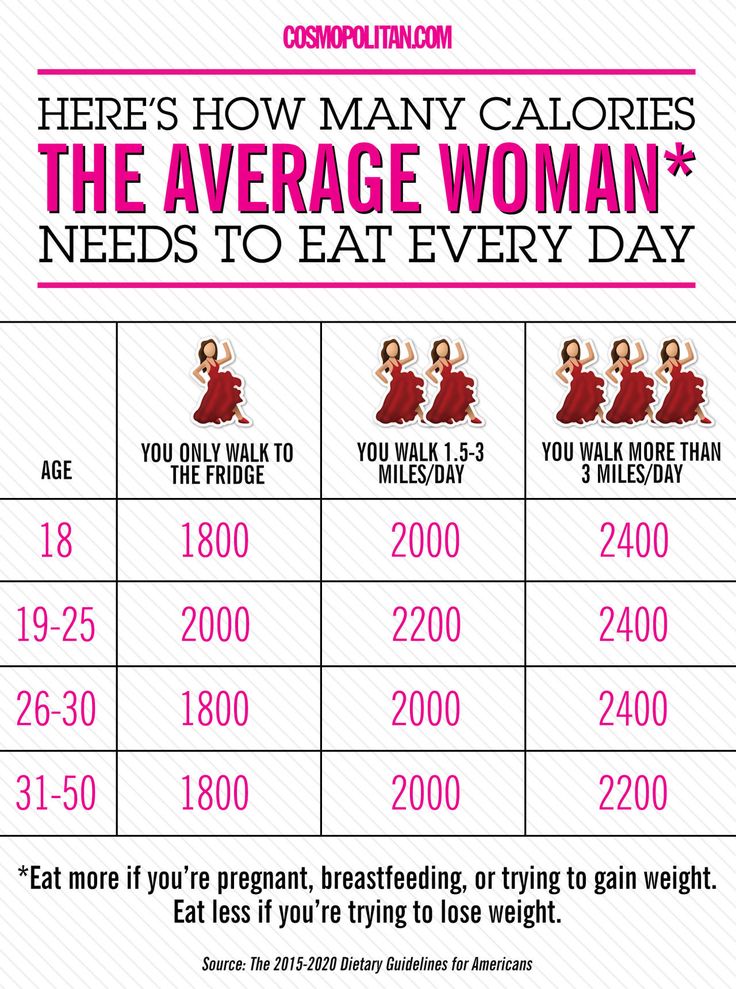 We can also offer you a complex of vitamins and minerals from Maxler Daily Max.
We can also offer you a complex of vitamins and minerals from Maxler Daily Max.
Nutrition for dancers
Author - Alexander Bor isov, World Cup finalist, Vice-Champion of the Russian Dance Union in the European program, coach, Pro-Am coach.
Many people have a hobby, one way or another connected with an active life. Recently, more and more often dance sports are preferred as such a hobby. And even amateurs who dance just for fun and to keep the body in good shape should be aware that any athlete needs to eat right. If we are talking about professional dancers, then Proper nutrition is quite an important component of success. After all dancing consumes a lot of energy, so dancers must consume enough calories to keep up with physical activity. The dancer's diet should be balanced in terms of the amount of carbohydrates, proteins, fats, vitamins, minerals, and the required amount of liquid.
Carbohydrates
The main function of carbohydrates is energy. All the muscle work that an athlete performs while dancing is due to the breakdown of glycogen. This connection is reserved in the muscles. During physical exertion, it breaks down and releases the energy needed by the muscles.
All the muscle work that an athlete performs while dancing is due to the breakdown of glycogen. This connection is reserved in the muscles. During physical exertion, it breaks down and releases the energy needed by the muscles.
Carbohydrates should make up more than half of a dancer's diet. Sources of important carbohydrates are fresh, colorful vegetables and fruits, bran bread, brown rice, peas, oatmeal, buckwheat porridge, fresh fruit juice without sugar, wholemeal pasta, red beans, lentils, dark chocolate.
Proteins
Proteins (proteins, polypeptides) are the main building material of our body, necessary for the restoration of damaged tissues in all organs, the formation of new tissues and muscle fibers as well.
Also, protein serves as a reserve source of energy for us when the main source of carbohydrates is not enough.
Sources of protein are vegetable (lentils, beans, nuts, corn, wheat, rice) and animal products (milk, cottage cheese, meat, eggs, fish), but the former, unlike the latter, bring us exceptional benefits.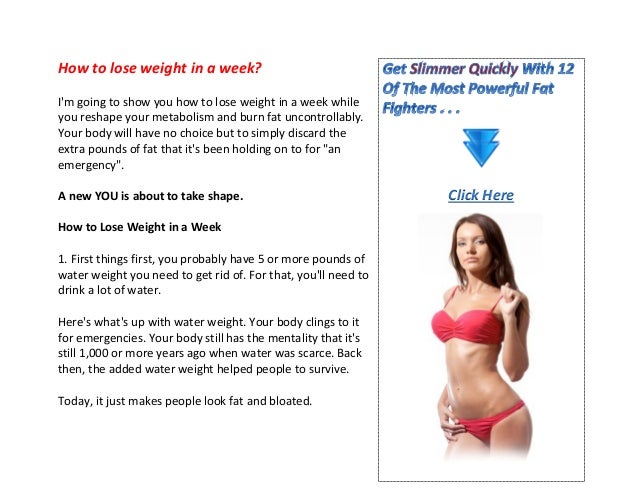 They do not overwhelm our body with fats, cholesterol and extra calories. With their help, you can get the optimal portion of essential amino acids.
They do not overwhelm our body with fats, cholesterol and extra calories. With their help, you can get the optimal portion of essential amino acids.
Proper diet
Fats
Many dancers are very worried about gaining weight and therefore limit their dietary fat intake very much. However, a diet too low in fat can cause performance degradation and, most importantly, such a diet can lead to serious health consequences for the dancer. The share of fats in the athlete's diet should contain 20% of the total amount of nutrients.
Fats are vegetable (fish oil, olive and sesame oil, fish, nuts) and natural ( meat, eggs, dairy products, chocolate).
Vitamins and minerals
Vitamins and minerals play an important role in the body, especially in energy production and cell formation. To get important vitamins and minerals, dancers should eat at least 5 servings of fresh fruits and vegetables a day and choose whole grain breads and cereals.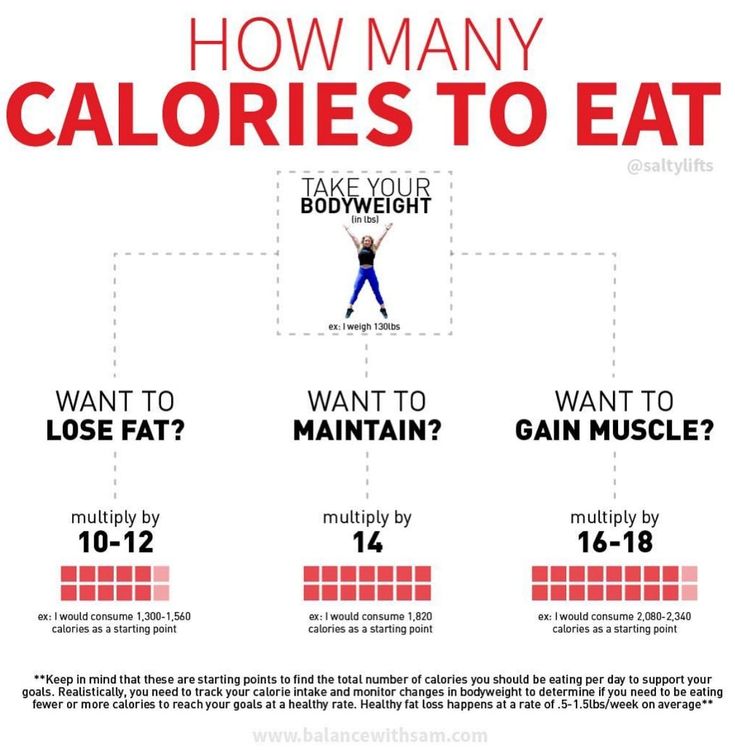 For those who do not consume enough of these products, a multivitamin can be advised.
For those who do not consume enough of these products, a multivitamin can be advised.
Fluid
Water is needed to regulate body temperature, maintain blood circulation, balance salts. Water also maintains the electrolyte balance in the body and removes waste. Fluid is lost through sweat through the body's natural cooling system. And importantly, before a person feels thirsty, his body can lose a very large amount of water. Therefore, dancers should remember to constantly drink water in small portions both before, during and after training.
Estimated power regime can be presented like this:
breakfast for the athlete
Lunch
- boiled chicken, beef, rabbit and other dietary meats;
- marine fish;
- eggs;
- hard cheese;
- milk, cottage cheese, kefir or yoghurt.
Important nuances of dancer's nutrition
If you feel hungry between meals, have snacks.



